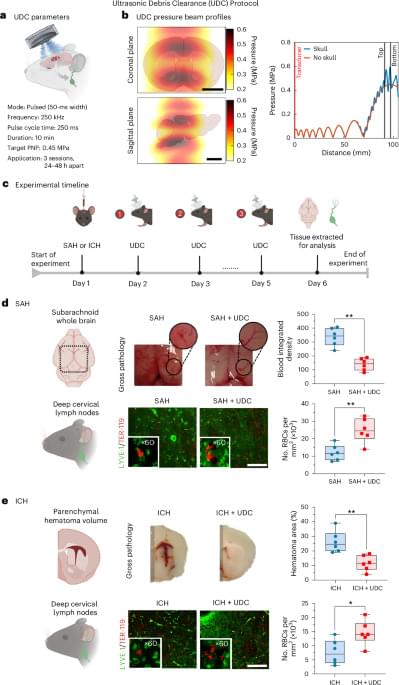Preface and Index.


Give the most meaningful Christmas gift ✨ Create a custom star map from Under Lucky Stars at http://UnderLuckyStars.com.
Why haven’t we heard from aliens? That’s a question that sounds simple but turns into a mess the moment you try to answer it. Recently, a mathematician tried to simplify the equation by trying to calculate the odds that we’re the only intelligent life in the universe – according to his math, we shouldn’t be. Let’s take a look.
Paper: https://www.sciencedirect.com/science… Check out my new quiz app ➜ http://quizwithit.com/ 📚 Buy my book ➜ https://amzn.to/3HSAWJW 💌 Support me on Donorbox ➜ https://donorbox.org/swtg 📝 Transcripts and written news on Substack ➜ https://sciencewtg.substack.com/ 👉 Transcript with links to references on Patreon ➜ / sabine 📩 Free weekly science newsletter ➜ https://sabinehossenfelder.com/newsle… 👂 Audio only podcast ➜ https://open.spotify.com/show/0MkNfXl… 🔗 Join this channel to get access to perks ➜
/ @sabinehossenfelder #science #sciencenews #aliens #maths.
🤓 Check out my new quiz app ➜ http://quizwithit.com/
📚 Buy my book ➜ https://amzn.to/3HSAWJW
💌 Support me on Donorbox ➜ https://donorbox.org/swtg.
📝 Transcripts and written news on Substack ➜ https://sciencewtg.substack.com/
👉 Transcript with links to references on Patreon ➜ / sabine.
📩 Free weekly science newsletter ➜ https://sabinehossenfelder.com/newsle…
👂 Audio only podcast ➜ https://open.spotify.com/show/0MkNfXl…
🔗 Join this channel to get access to perks ➜
/ @sabinehossenfelder.
#science #sciencenews #aliens #maths

I recently read “A Brief History of Intelligence” by Max Bennett — and I highly recommend you check it out — it’s an absolutely brilliant book! I will be having a few conversations with Max but for now here is a taster from our first chat about how our brain works like a simulation machine. You can buy his book from Amazon — https://amzn.to/3weN3uS Watch behind the scenes, get early access and join the private Discord by supporting us on Patreon. We have some amazing content going up there with Kenneth Stanley this week! Listen to this entire conversation now (Simulations chapter) on Patreon: / max-bennett-of-1–97975425 Watch part 2 (Mentalizing chapter) on Patreon —
/ max-bennett-of-2–98181787 Watch part 3 (Language) here
/ max-bennett-3–0-100006225
/ mlst (public discord)
/ discord
/ mlstreettalk.
Discover the world of neural dust as a new frontier in biomedical technology, promising to revolutionize healthcare by enabling real-time brain monitoring an…



